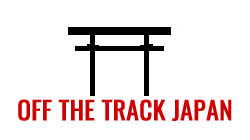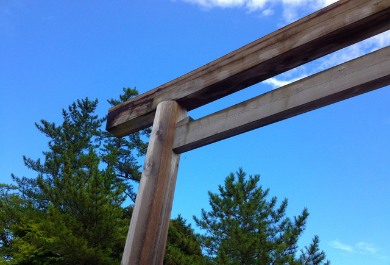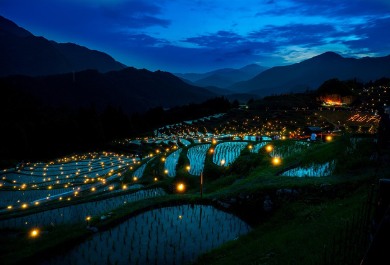
Located in the city of Ise, Ise Grand Shrine is one of the most sacred shrines in Japan. It is also one of the oldest, being founded in 4BCE. Ise Grand Shrine see a whopping 7 million visitors every year, most of which are Japanese nationals, of whom call Ise Grand Shine their spiritual home. According to it’s lengthy tradition, all of the main structures are to be rebuilt every 20 years, to maintain a clean and well maintained facility. The next scheduled rebuild is in 2033, as it was redone recently in 2013. The next rebuild will be the 63rd time.
Ise Grand Shrine, or Ise Jingu, is composed of not one shrine, but 125 shrines across the city of Ise. The Jingu in the name refers to the status of the shrine, indicating that Ise Shrine, is not an ordinary shrine, but one of the most sacred and important shrines in the Shinto faith.
There are 2 main shrines of the system of shrines. Naiku, the inner most shrine, and the outer shrine, Geku. Geku is pretty close to Ise Station, a short 10 minute walk. However, it is about 5km away from the inner shrine Naiku.
The Geku shrine is not as old as Naiku Shrine. Even still, it dates back to roughly the 5th century. The shrine is dedicated to Toyouke-no-Okami, who is believed to cater for the the sun goddess Amaterasu – of whom Naiku Shrine is dedicated to.

Naiku is Dedicated to the sun goddess Amaterasu, the Ise Grand Shrine is the most important shrine in the Shinto faith. The Naiku Shrine follows along the Isuzu River. To get to Naiku Shrine, you must cross the Uji Bridge, and pass under the Ujibashi Torii gate. From there, you will find a well maintained gravel road leading to the shrine, with stops along the way at purification stations, and access to Isuzu River. The river access is called Mitarashi, and was used by pilgrims to purify themselves before entering the shrine, as the water in the Isuzu is crystal clear, as long as it hasn’t rained for a could days.
Popular destinations among other readers
Hours and Admission
- Hours: 5:00am-6:00pm (Jan-Apr, Sept)
- Hours: 5:00am-7:00pm (May-Aug)
- Hours: 5:00am-5:00pm (Oct-Dec)
- Free
- Average Time Spent: 30-45 minutes
- Official Website
Accessing Ise Grand Shrine
The Geku, as mentioned earlier is quite close to the main train station in Ise, and is a popular choice for those who don’t have the time to make the journey to the inner shrine buildings.
Getting to the Inner Naiku shrine, we recommend taking a taxi, which will cost roughly 2000-2500JPY One way. Alternatively, you can walk from Isuzagawa Station, which will take 40 minutes to the inner shrine, but a large portion of that walk is through an ancient shopping street which in itself is a unique experience and makes the time go by much faster.
Discover Japan like never before with the Japan Rail Pass (JR Pass), your ticket to seamless travel across the Japan. Unlock the full potential of Japan’s extensive rail network, renowned for its punctuality, comfort, and convenience.
Discover Japan like never before with the Japan Rail Pass (JR Pass), your ticket to seamless travel across the Japan. Unlock the full potential of Japan’s extensive rail network, renowned for its punctuality, comfort, and convenience. Read More…
Forget the hassle of purchasing individual tickets for every journey. The JR Pass offers exceptional value for money, available in flexible durations ranging from 7 to 21 days, allowing you to tailor your travel experience to suit your itinerary. Read More…




